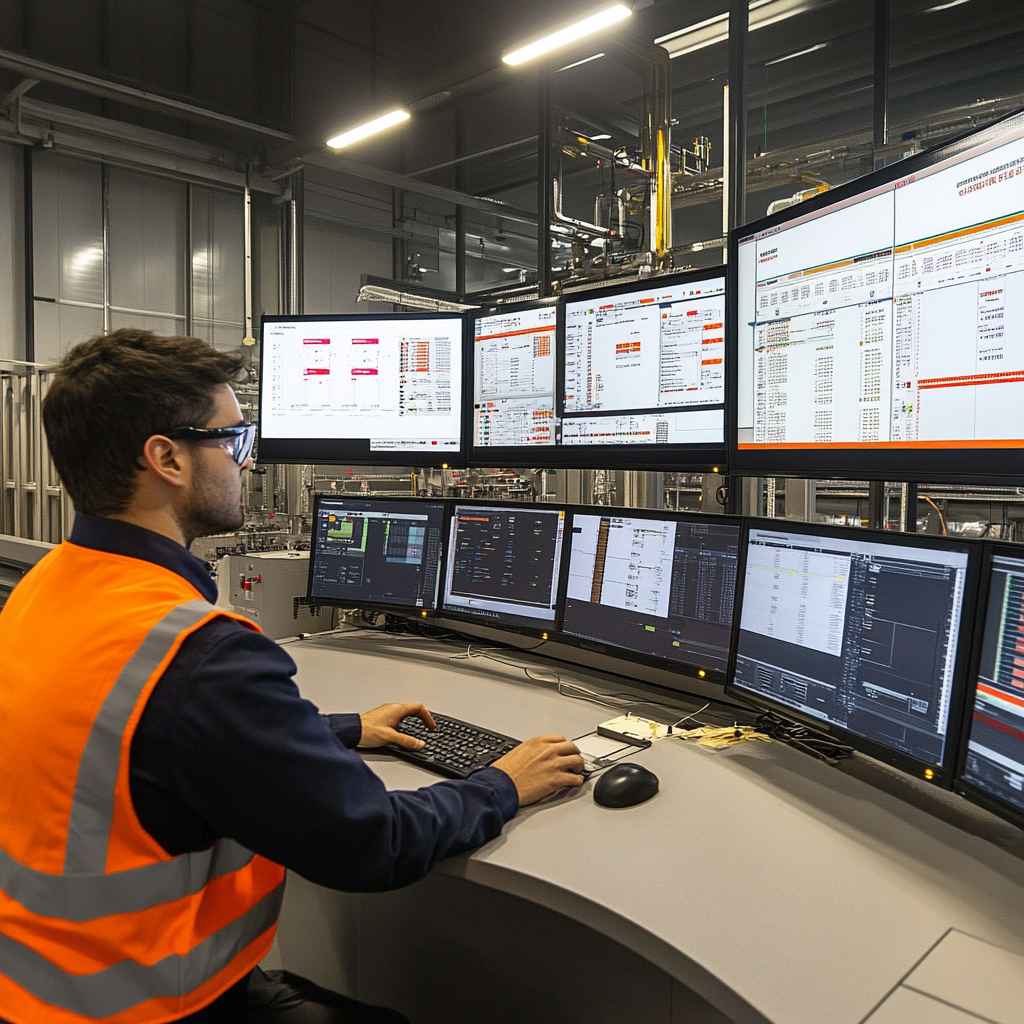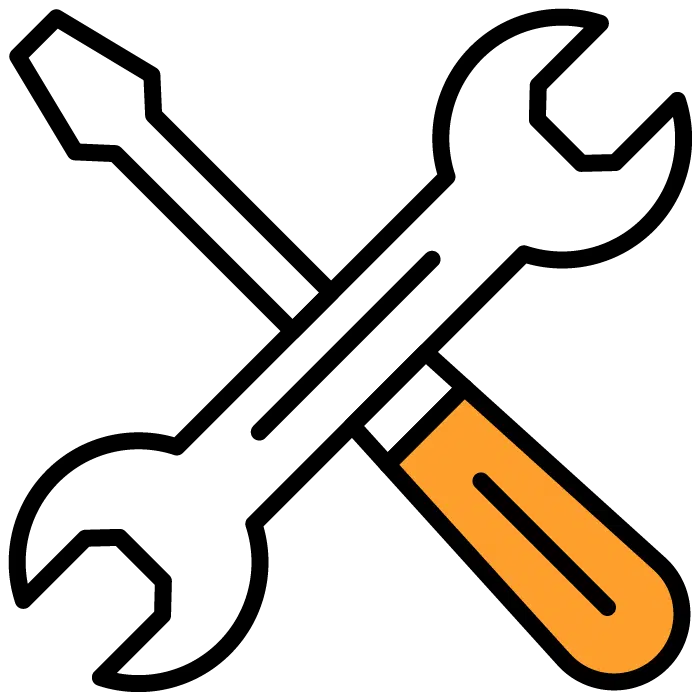Let’s be honest—hiring in manufacturing can feel like a never-ending cycle.
One week, you’re scrambling to fill night shift roles. The next, you’re chasing documents, checking if someone’s forklift certification is up to date, and juggling interviews between production deadlines.
And half the time, you’re doing it all with spreadsheets, emails, and job boards that send you more noise than qualified candidates.
Sound familiar?
That’s why more manufacturers—big and small—are turning to Applicant Tracking Systems (ATS) designed specifically for the way this industry actually works.
In this guide, I’ll walk you through what an ATS can really do for a manufacturing business: how it cuts down your manual workload, helps you hire faster, keeps you compliant, and makes the whole process a lot less chaotic.
Let’s get into it.
Why Manufacturing Companies Need a Specialized ATS

Hiring in manufacturing is different from hiring in, say, legal or finance. You’re not just looking at resumes—you’re matching certifications, licenses, and availability. You’re hiring at scale, often urgently.
And that’s exactly why manufacturers—from small plants to enterprise-level operations—are turning to industry-tailored solutions.
1. High-Volume Hiring Needs Automation
In many factories, HR teams are expected to fill dozens of roles quickly—sometimes across rotating shifts or multiple locations. Manual processes slow you down and often lead to missed opportunities.
An ATS helps by automating job posting, resume screening, and interview scheduling—cutting your time-to-hire significantly.
2. Compliance Isn’t Optional
In manufacturing, safety is king. Your workforce must meet regulatory standards. That means tracking licenses, background checks, OSHA training, and more. A manufacturing ATS keeps everything in one place and ensures no paperwork slips through the cracks.
3. Role-Specific Filtering
Hiring for a machine operator is totally different from hiring for a quality control inspector or a plant manager. A robust ATS filters candidates by role, certifications, experience level, and even preferred shifts—so you’re not wasting time on irrelevant applications.
Key Features That Matter in a Manufacturing ATS
Here’s a quick comparison table that breaks down the essential features manufacturing businesses should prioritize:
| Feature | Why It Matters |
| Shift-Based Hiring Filters | Easily match candidates with specific shift availability (e.g., night shift, weekend shifts). |
| Skills & Certification Matching | Pre-filter applicants by required licenses or certifications like OSHA, forklift operation, etc. |
| Mobile-Friendly Application Process | Attract factory-floor talent who apply via mobile, not desktops. |
| Automated Document Collection | Gather tax forms, safety checklists, and training docs without chasing candidates. |
| Onboarding Integration | Seamlessly transition new hires into your HR system with training tasks and compliance reminders. |
How an ATS Improves Manufacturing Recruitment

Let’s break this down with real-world benefits you’ll actually see:
🔹 Faster Time-to-Hire
Many companies see a 30–50% reduction in hiring time. No more scanning resumes one-by-one. With automation, you can pre-screen, schedule interviews, and even send offer letters automatically.
🔹 Better Candidate Quality
You’ll spend less time interviewing underqualified candidates. The ATS prioritizes top matches based on skills and availability. You get better hires—faster.
🔹 Full Compliance
Need to prove a candidate completed safety training before onboarding? A manufacturing ATS keeps everything logged—ready for audits or internal HR reports.
As explored in this recruitment systems in manufacturing, leveraging tailored ATS platforms can significantly streamline compliance, documentation, and workforce readiness in complex industrial environments.
See It in Action: Hiring Without vs. With an ATS
| Task | Without ATS | With ATS |
| Resume Screening | Manual and time-consuming | Automated with filters |
| Interview Scheduling | Back-and-forth emails | Self-scheduling via link |
| Shift Preferences | Untracked or guessed | Logged at application stage |
| Compliance Docs | Spread across emails or files | Auto-collected and organized |
| Hiring Dashboard | Spreadsheets | Real-time analytics |
Who Should Use an ATS in Manufacturing?
✅ Factory HR teams needing to scale hiring fast
✅ Plant managers with hiring authority
✅ Recruitment agencies serving industrial clients
✅ Multi-location manufacturing companies managing decentralized teams
If your business also overlaps with hospitality, legal, or public sector contracting, there are industry-specific ATS solutions too—like the ones we’ve outlined in guides such as Applicant Tracking System for Legal or Applicant Tracking System for Government.
Industry Tip: Don’t Just Buy Any ATS—Choose One Built for You

If you’re comparing options, make sure to check how the system handles:
- Multiple job locations
- Union requirements
- License expirations
- Shift preference tracking
- Bulk hiring tools
Many generalist ATS platforms fall short here.
By contrast, industry-tailored systems—like those used in health and social care or recruiting agencies—are built to match niche workflows. And yes, manufacturing deserves the same precision.
Related Pages You May Find Helpful
- Applicant Tracking System for NHS
- Applicant Tracking System for Financial Services
- Applicant Tracking System for Hospitality
- Explore All ATS by Industry
FAQ: ATS for Manufacturing
- How is an ATS different for manufacturing vs. other sectors?
It includes features like shift tracking, compliance documentation, and role-based filtering that aren’t always present in generic ATS systems.
- Can it handle union-specific documentation or safety training records?
Yes. A strong ATS built for industrial use will allow you to upload and track union docs, training certificates, and license renewals.
- Is it worth the cost for small to mid-sized plants?
Absolutely. Many platforms offer scalable pricing. Even basic automation saves hours per hire, making it ROI-positive in just a few months.
- What if our workforce is multilingual or spread across multiple regions?
Look for an ATS with multilingual support and location-based filtering. It ensures accessibility and hiring accuracy at scale.
Final Thoughts
If your hiring process still runs on spreadsheets and email threads, you’re not just losing time—you’re losing great candidates.
Manufacturing needs speed, safety, and smart workforce planning. An ATS designed for this environment gives you all three.
It’s time to stop firefighting your hiring problems and start solving them.Schedule a free demo with our ATS experts to dive into how our AI-powered solution can enhance your hiring strategy.




